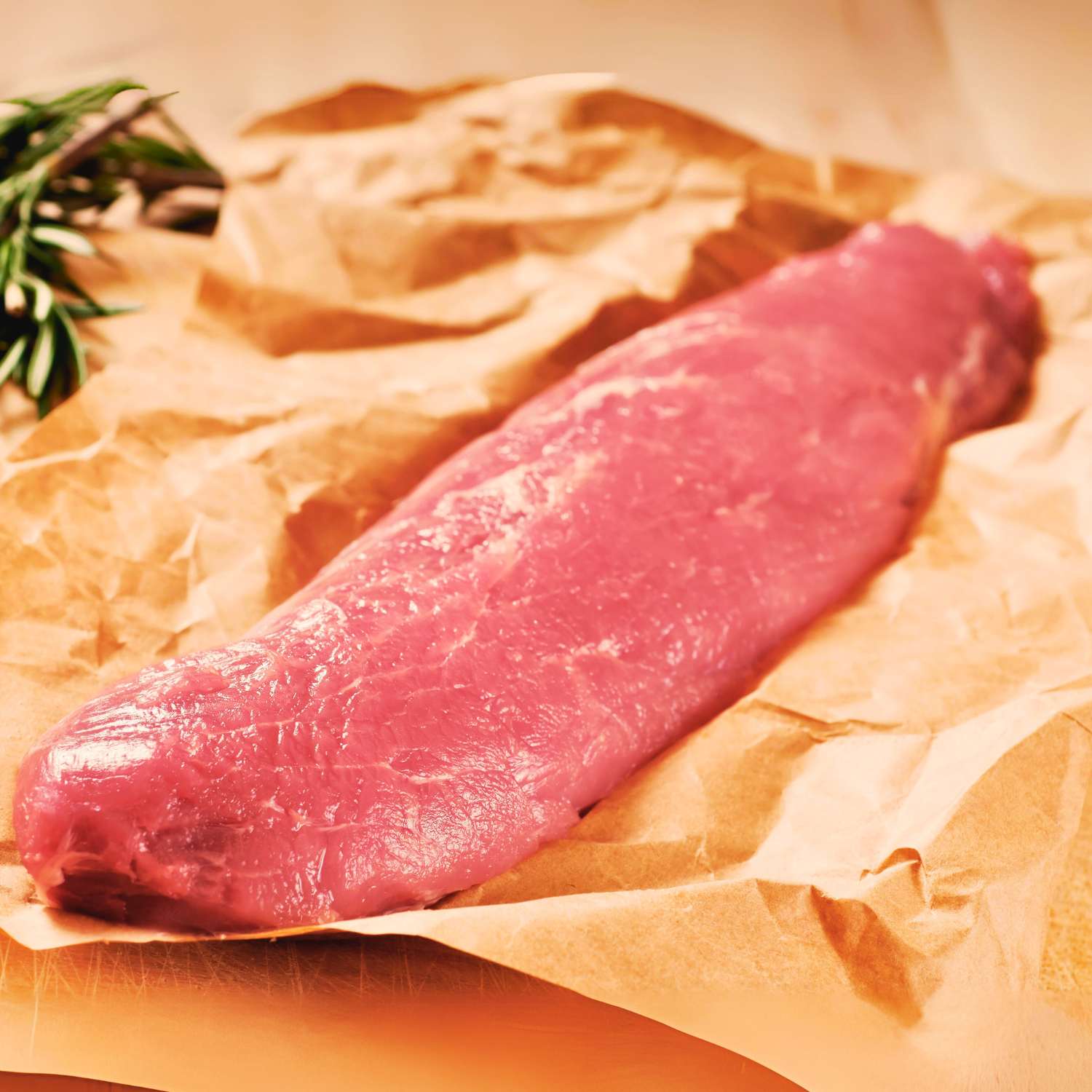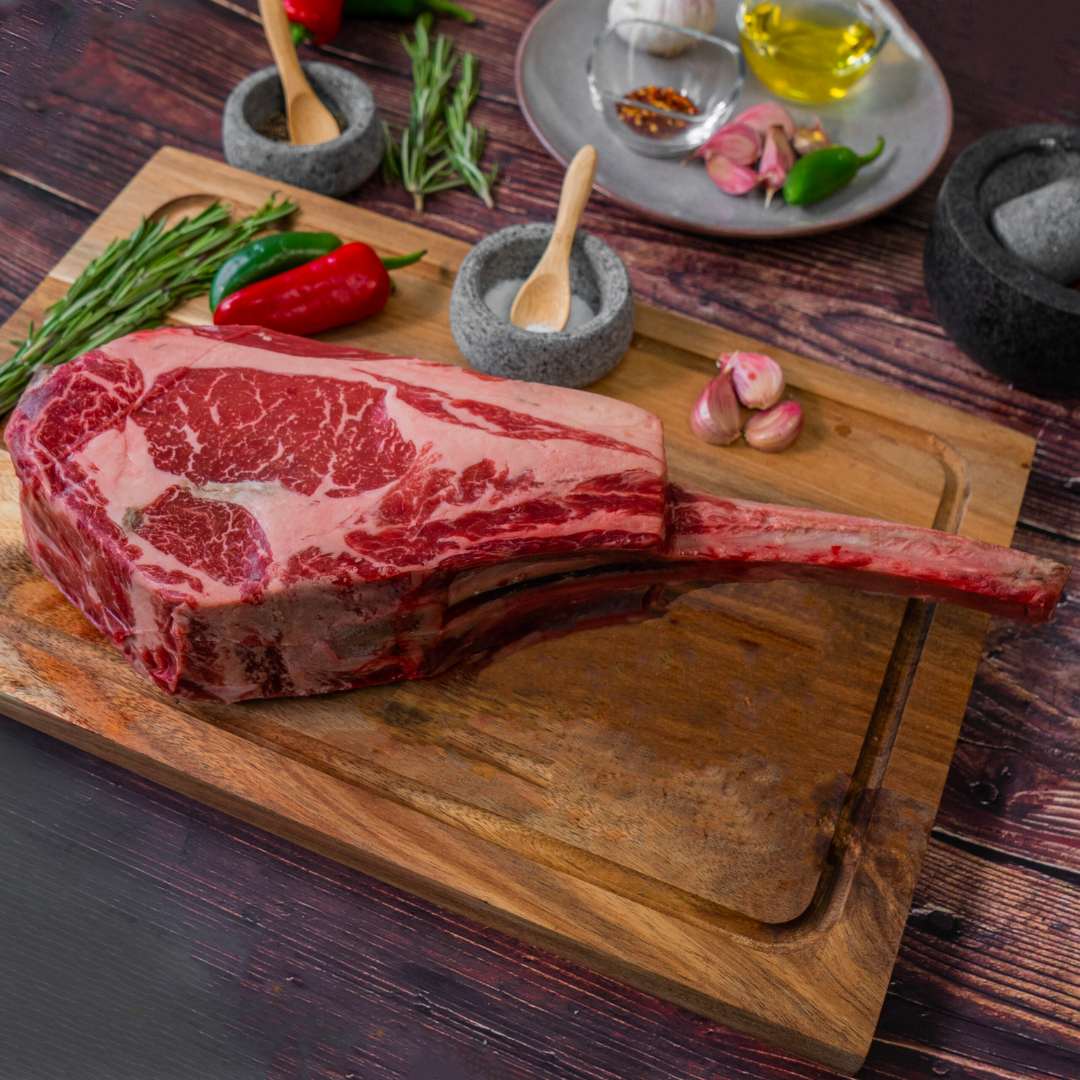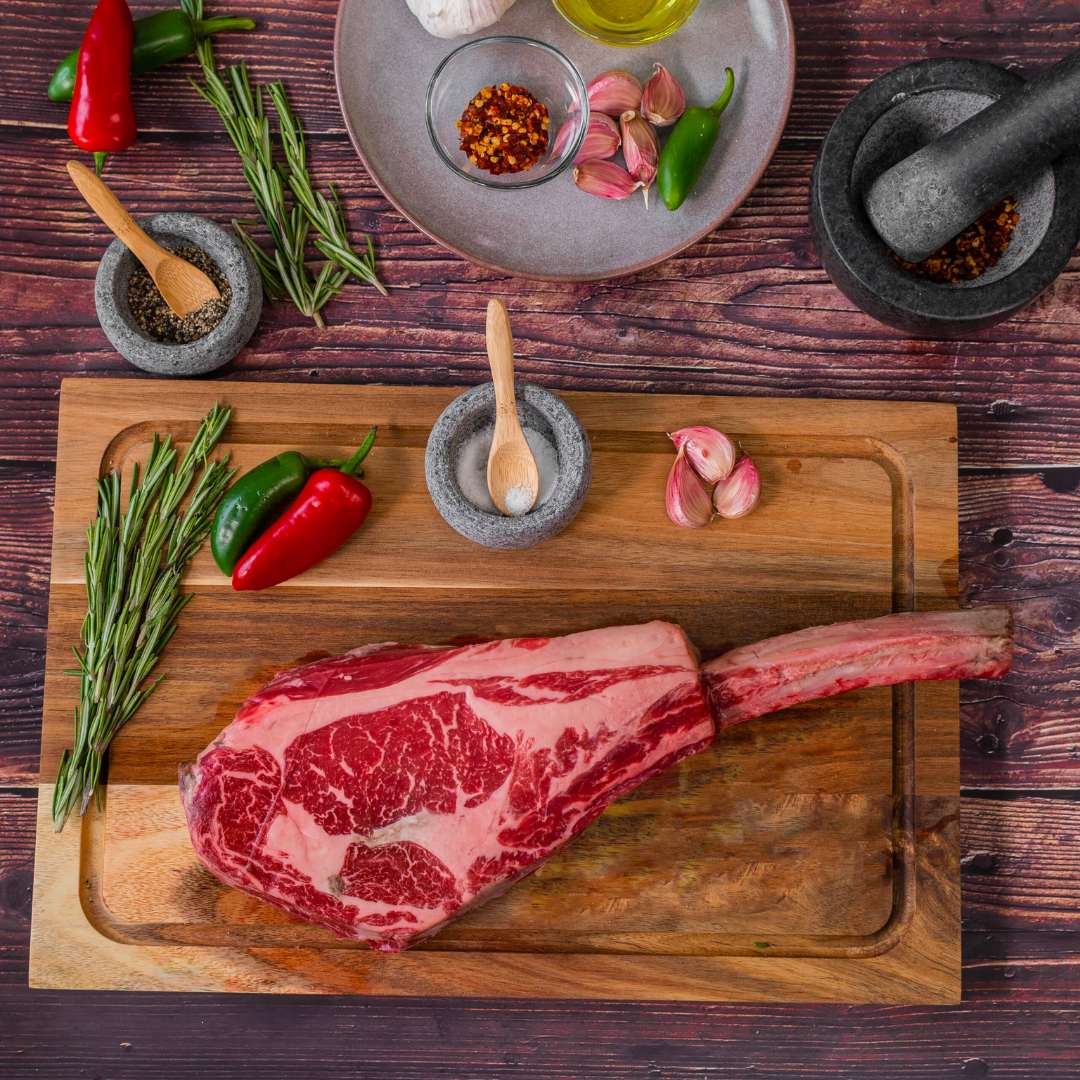Understanding Grass-Fed Beef: A Brief Overview
What is Grass-Fed Beef?
Grass-fed beef comes from cattle that eat only grass and other foraged foods. Unlike grain-fed beef, these cows graze on pasture during their lives. In Hong Kong, grass-fed beef is prized for its leaner meat and richer flavor. It contains more healthy fats, like omega-3s, and vitamins. It is a top choice for health-conscious meat lovers.

Benefits of Grass-Fed Beef for Health Enthusiasts
Grass-fed beef isn't just tasty; it’s good for you too. Let's talk about its health perks! This beef is rich in Omega-3s which are great for your heart. It’s also high in antioxidants that help protect your body. You'll get more Vitamin E and less fat compared to regular beef. Eating this beef can also boost your intake of CLA, a nutrient that may fight cancer. If you're watching your diet, grass-fed beef is leaner and a smarter choice. Choose this beef for a healthier meal and a happier you!
The Grass-Fed Journey: From Farm to Table
The path of grass-fed beef from farm to table is a commitment to quality. In Hong Kong, the journey begins with cattle grazing on lush pastures. This natural diet ensures the beef's rich flavor and high nutrient levels. The cattle are raised without hormones or unnecessary antibiotics, adhering to strict welfare standards. Once matured, they are transported with care to minimize stress, ensuring meat tenderness. Local butchers then expertly carve the cuts, from ribeye to sirloin, ready for Hong Kong's discerning diners. The result is a more sustainable and flavorful beef choice for your table.
The Art of Selecting the Best Grass-Fed Beef Cuts
Decoding the Quality of Grass-Fed Beef
Selecting high-quality grass-fed beef involves some know-how. Look for a rich, red color without much marbling, as grass-fed beef is naturally leaner. The fat should be creamy white, indicating a healthy, pasture-fed animal. Moreover, check for a certification label. This adds trust. It proves the beef has been grass-fed. Also, consider asking your local butcher. They can provide insights about the source and practices. This will ensure you get the best nutrient-rich cuts for your meals.
The Role of Marbling in Grass-Fed Beef Cuts
Marbling is key to the texture and taste of beef. In grass-fed beef, it differs from grain-fed cuts. It's leaner with subtle fat, affecting flavor richness. Marbling can vary by diet and breed. Hong Kong chefs seek well-marbled grass-fed beef for quality dishes. It's thought to melt at a lower temperature. This gives a tender and juicy steak. It's not just about fat levels but fat type. Good marbling means balanced, healthy fats. When choosing, look for even and fine white flecks. This indicates quality marbled grass-fed beef.
Seasonal Variations and Their Impact on Beef Quality
Seasonal changes can affect grass-fed beef quality. In spring and summer, grass is richer and more abundant, providing cattle with a nutrient-dense diet. This results in beef that's often more tender and flavorful. During fall and winter, grass quality may decline, potentially leading to leaner beef with a different flavor profile. It's essential to understand these seasonal impacts when selecting beef cuts. Consumers should consider the season to ensure they're getting the best quality grass-fed beef.
Innovative Ways to Cook and Enjoy Grass-Fed Beef
Creative Recipes for Grass-Fed Ribeye and Striploin
Discover the joy of cooking with grass-fed beef! Here are two simple, yet delicious ideas:
- Grilled Ribeye with Rosemary and Garlic: Season your steak with fresh rosemary, minced garlic, salt, and pepper. Grill to your liking and enjoy the earthy flavors.
- Striploin Stir-Fry Delight: Slice the striploin thin, stir-fry with seasonal veggies, soy sauce, and a hint of ginger. A quick, tasty meal perfect for weeknights.
How to Master the Art of Grilling Grass-Fed Steaks
Grilling grass-fed steaks is an art that requires skill and attention. Start with a clean grill to avoid unwanted flavors. Preheat the grill to a high temperature before adding your steak, which ensures a savory sear that locks in the meat's natural flavors. Keep the lid open to control flare-ups and create a crusty char. Timing is crucial - grass-fed steaks usually cook quicker due to their leaner nature. Use tongs to flip the steak only once, preserving the juices and creating even cooking. Lastly, allow the steak to rest for a few minutes after grilling, which helps redistribute the juices throughout the meat, resulting in a tender and flavorful experience. With these simple steps, you'll become a master at grilling grass-fed steaks.
Pairing Grass-Fed Beef Cuts with the Perfect Wine and Sauce
To make your grass-fed beef meal truly special, consider the drink and sauce. A robust red wine like a Cabernet Sauvignon matches well with rich beef flavors. For a lighter choice, try a Pinot Noir. As for sauces, a classic béarnaise adds creaminess, while a peppercorn sauce gives a spicy kick. Remember, the key is balance. The sauce and wine should enhance, not overpower, the beef’s natural taste.

















